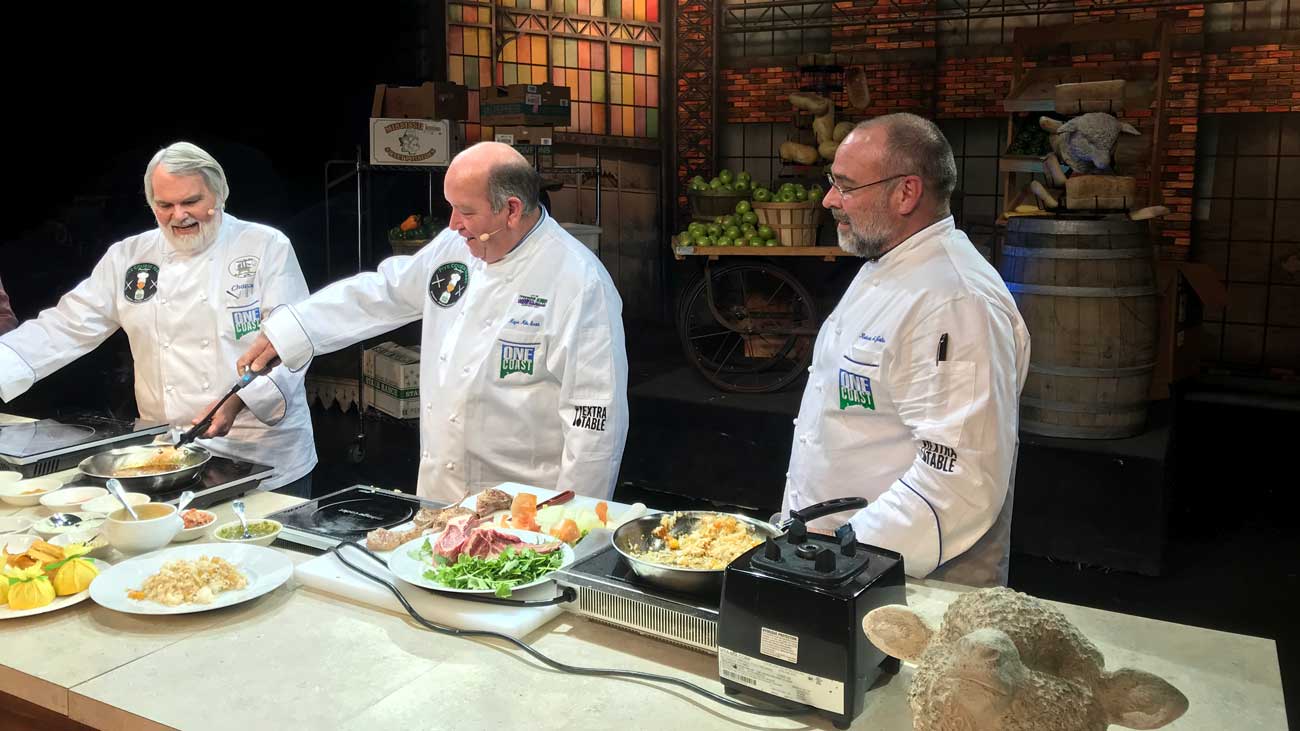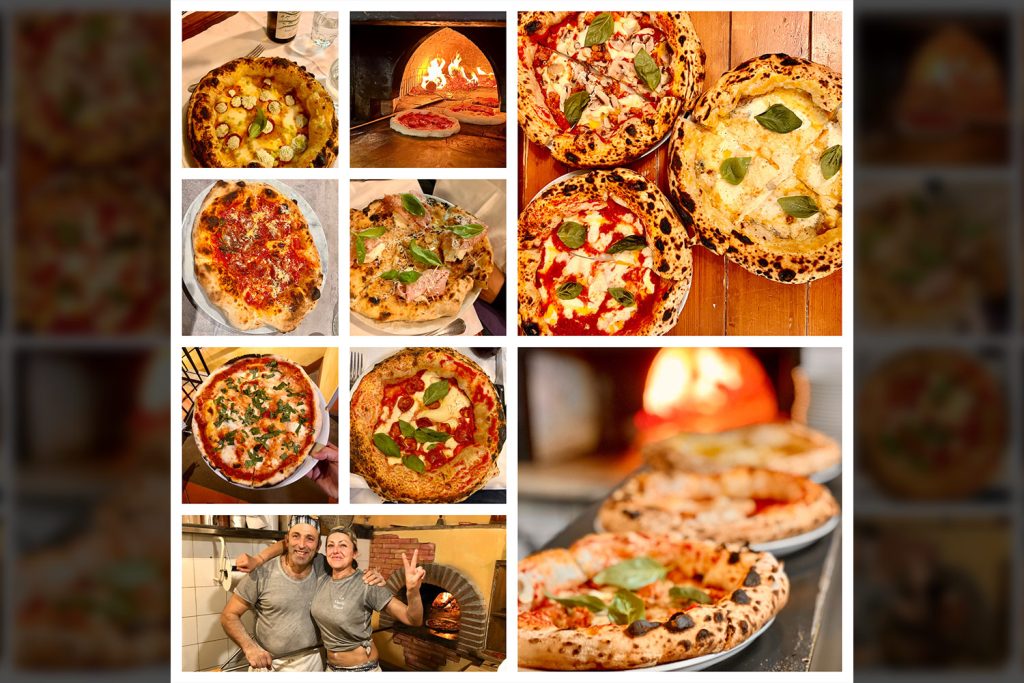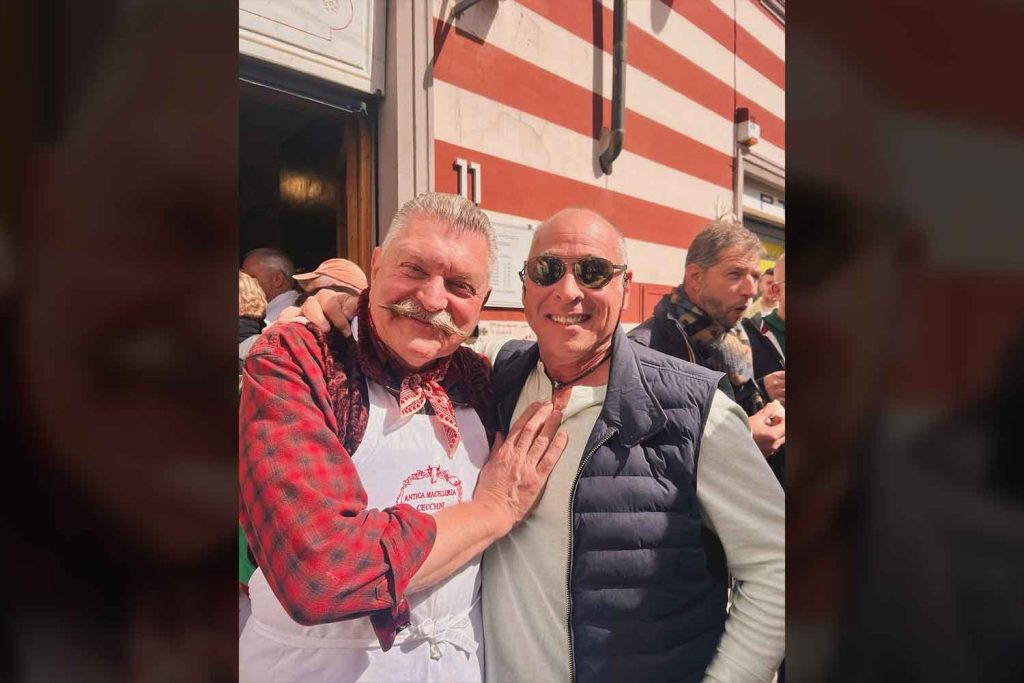The American culinary scene lost a true icon last week.
Legendary Louisiana chef Paul Prudhomme was an original: an innovator, an uber-talented chef, a larger-than-life television personality, a best-selling author, a successful restaurateur and a crack marketer and businessman.
It’s hard to imagine these days, but prior to 1980, one couldn’t have a “legitimate” restaurant in America without a chef trained in the classical French manner, or a classically trained chef from France.
Julia Child was a legend first, but she made her bones by cooking Classical French. Today’s foodies will argue that James Beard was on the forefront of American cuisine, and I would agree. But in the mid-1980s only a small segment of the population knew the name James Beard. Almost everyone knew Paul Prudhomme.
Prudhomme first came to prominence in the mid 1970s in the kitchen at Commander’s Palace. There Prudhomme— the youngest of 13 children who grew up cooking on a wood-burning stove in his family’s kitchen in Opelousas— focused on regional, local, Louisiana food and started the trend of getting away from classical French in New Orleans restaurants.
In 1979, Prudhomme turned the Commander’s kitchen over to Emeril Lagasse, opened K-Paul’s on Chartres Street in the French Quarter, and the restaurant world in New Orleans changed forever. Before K-Paul’s, New Orleans restaurants were either po-boy shops or stuffy, formal dining rooms with very stiff service. K-Paul’s was “real.” It was casual and offered the basics elevated to a a new level of excellence. It was a different restaurant in every way imaginable. They didn’t take reservations, they employed communal seating, the menu was inspired by Prudhomme’s childhood (not someone else’s childhood in France), and lines stretched around the block for years. Seriously, there were lines to get into that restaurant for years.
Pop-up restaurants are all the rage today. Though anyone opening a pop-up today should thank Prudhomme for the idea. During the height of K-Paul’s popularity, he loaded the staff and moved the entire restaurant to New York City for three months. New Yorkers, too, were lined up around the block.
Paul Prudhomme was the first true American celebrity chef. His impact is unmatched. Name me one big name American chef who invented a cooking technique (blackened redfish) that is not only universally used today, but became so wildly popular that an entire fish species had to be regulated by the government for fear of extinction. People say, “records are meant to be broken,” but a culinary feat like that will never be surpassed.
I have always been a huge fan of K-Paul’s restaurant and have written about it often. A few months after Hurricane Katrina, my wife and I ventured into New Orleans one evening. It was fitting that K-Paul’s was my first meal after the storm. The streets were still being patrolled by National Guardsmen. After hearing of Prudhomme’s passing, I revisited my food diary and notes from that evening. It was a memorable night as it was my first trip back into the city.
As we approached K-Paul’s the sounds of a Zydeco band playing on the sidewalk of the restaurant echoed off of the centuries-old buildings. Chef Paul was greeting guests in front of the restaurant. A routine, I was told, he had been observing every evening since the reopening.
I have often written that the shrimp creole, jambalaya, and etouffee, produced daily in the K-Paul’s kitchens are the finest examples of those dishes ever created— the gold standard. We began the meal with an appetizer portion of shrimp etouffee and a shrimp Rockefeller dish served on fried green tomatoes. The etouffee was dark, rich, and flavorful, and held up to all previous billing.
When a guy wants to know how the national monetary system works he goes to Alan Greenspan, when he wants to learn how to throw a pass he calls Brett Favre, when he wants to eat the world’s best gumbo, he looks no further than Paul Prudhomme. Our second course was a bowl of chicken and andouille gumbo, and I quickly reminded myself— for the 935th time— why I love living so close to New Orleans.
As we finished our soup, members of the Zydeco band, who had now made their way through the front door, began strolling from table to table. I have eaten jazz brunches in New Orleans. This was my first Zydeco dinner. Midway through the song, Chef Paul entered the dining room waving a white napkin and leading a second line of customers. It was a surreal experience. It was at that precise moment that I realized that New Orleans would bounce back bigger and better than ever.
On the sidewalk outside the restaurant, I asked Prudhomme how his life had been impacted since the levies broke. “We have fed 35,000 relief workers since the storm,” he said, “We were the first tablecloth restaurant to (re)open in the Quarter.”
When I told him, as I did every time we visited, that his etouffee and Creole dishes were the finest examples of those dishes I had ever tasted, he replied, as he always replied, “It’s all in the stock.” I then commented on how his stocks were more intense, rich, and deep with flavor than anyone else’s. His response was, “they have to be.”
No one impacted the nation’s regional cooking scene more than Paul Prudhomme. He was the most underestimated chef in America. He was much more than blackened redfish. Make no mistake, he was the king. He packed more flavor and boldness into a dish that anyone.
Paul Prudhomme was America’s greatest culinary national treasure. He won countless culinary awards and accolades, lectured around the world, fed heads of state, gave tirelessly to charities, wrote eight cookbooks, and produced six instructional cooking videos, two of which topped the Billboard charts for 53 consecutive weeks.
In these days of image-conscious and cleavage-bearing T.V. chefs, designer foams, and elaborate vertical presentations, Prudhomme was a world-class chef who was the first to stick to the basics. Prudhomme had the knowledge to prepare any type food he wanted. Lucky for us, he stayed true to his roots.
Black Strap Muffins
Recipe given to me by Paul Prudhomme
3/4 cup hot water
1/2 cup molasses
1/4 cup milk
2 cups whole wheat flour
1 cup all purpose flour
3 TBSP baking powder
1 tsp baking soda
1 tsp salt
3/4 cup sugar
1 1/2 cups chopped pecans, roasted, cooled
Preheat oven to 325.
Combine the molasses with the hot water and stir well. Add the milk to the molasses mixture and set aside. Sift together the two flours, baking powder, baking soda salt, and sugar. Add the nuts and sugar to the sifted flours and gently fold in the wet ingredients. It is VERY important not to over mix this batter, it is fine if there are small clumps of dry mixture still visible. These muffins come out best if the batter is made at least 8 hours in advance. Store refrigerated until ready to bake.
Use a nonstick muffin pan, and fill each muffin mold with 1/3 cup of the batter. Bake for 15-18 minutes. Allow muffins to cool slightly before removing them from the muffin pan. Serve warm.
Yield: 12-16 muffins



